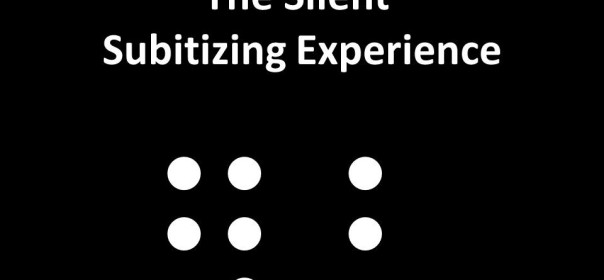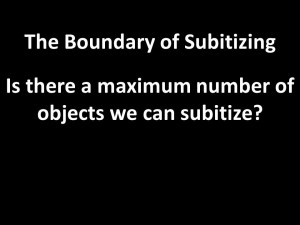Before I proceed with this series on subitizing, I must raise these questions: Is there a subitizing boundary? Is there a number of objects which are simply too many to subitize? If so, what might that number be?
2. The Boundary of Subitizing, “The Rewind Version”
3. How to Make Quick Subitizing Images + 3 Free Resources
5. These Dots Will Grow on You
6. Seeing Multiple Perspectives Through Your Eyes and Through the Eyes of Others
NOTE: The Rewind Version Below has been slowed down and will be much more useful in your classroom.



Leave a Reply